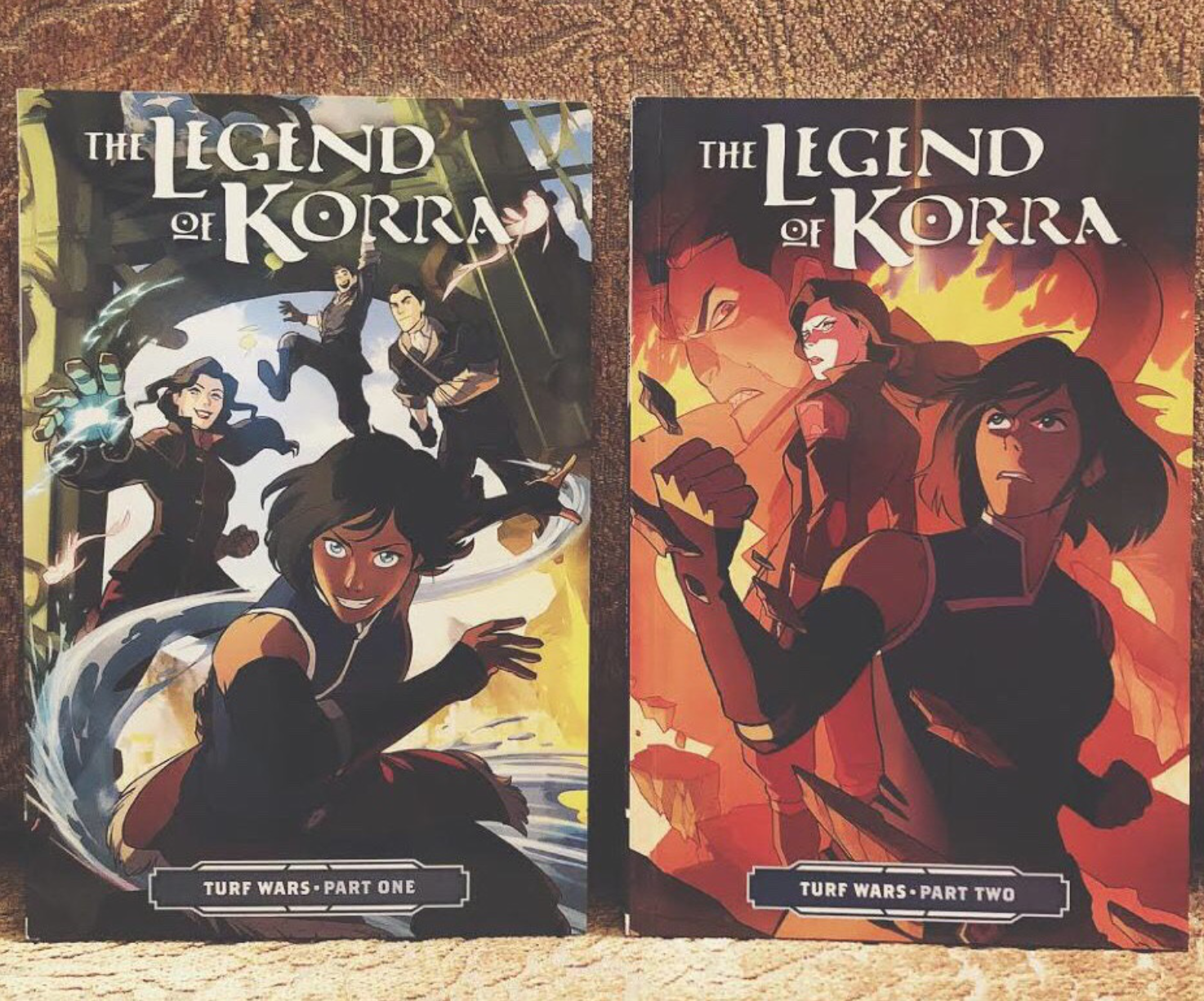
The evolving world of graphic novels and comic books is something to behold.
Something that has caught my eye most recently is that of the Avatar: The Legend of Korra follow-up graphic novels. For those unaware, The Legend of Korra was the sequel to the widely acclaimed Avatar: The Last Airbender that spun its tale in a younger adult format with eighteen–year-old Korra as its main character. The Avatar series was created by Bryan Koneitzko and Michael DiMartino and explores the Asian culture, religion, and steampunk-inspired world in which groups of people are gifted with the ability to control and utilize a specific element (water, fire, earth, air).
In the center of all of these groups is the Avatar who can control all four elements and is charged with keeping the peace and acting as a bridge between people and spirits. Each element’s benders are based on a different Asian culture. Korra is from the Avatar Universe’s Southern Water Tribe which takes inspiration from Inuit and Sireniki culture.
The Legend of Korra was met with significant pushback from the original series’ fans but was also welcomed and gained acclaim through its mature themes and late-teens characters. Initially, Nickelodeon (who produced and aired both series) did not think that a female Avatar main character would fair well with the male audiences, but that was soon proven false. And as Korra’s popularity soared on the Internet, the creators unveiled a final fourth season (Book 4) and bookended the series with Korra’s semi-newly found relationship with her girlfriend, Asami Sato. The two are last seen jetting off to the spirit realm together—as a couple—which was later confirmed by the creators. Just to put this into simpler terms: A woman, person of color and bisexual was the main character and she went—after saving the world—on vacation with her genius, kick-ass, CEO, person of color, and also bisexual girlfriend. Needless to say, the message of this pairing in the setting of an action adventure show is to normalize strong female characters and represent LGBT characters in major, influential works.
In 2016, the series was handed off to become serialized graphic novels produced by Dark Horse Comics. DiMartino is writing the story while a new artist, Irene Koh, is handling the illustrations. The follow-up continues the tale of Korra and Asami as a couple, and how they continue to live their lives in the aftermath of the series’ finale. This includes their romantic relationship, their friendships with others and of course, a new villain to confront. I would go as far as saying that these graphic novels mark an important turning point in what film-to-comic adaptations can hold as well as what the actual existence of Korra and Asami as characters can do for LGBT literature and anyone else that may pick up a copy of the first volume. If you have not watched the series, fear not, you can still read this first, but I do recommend watching the show too.
PRR Guest Author, Chris Winters